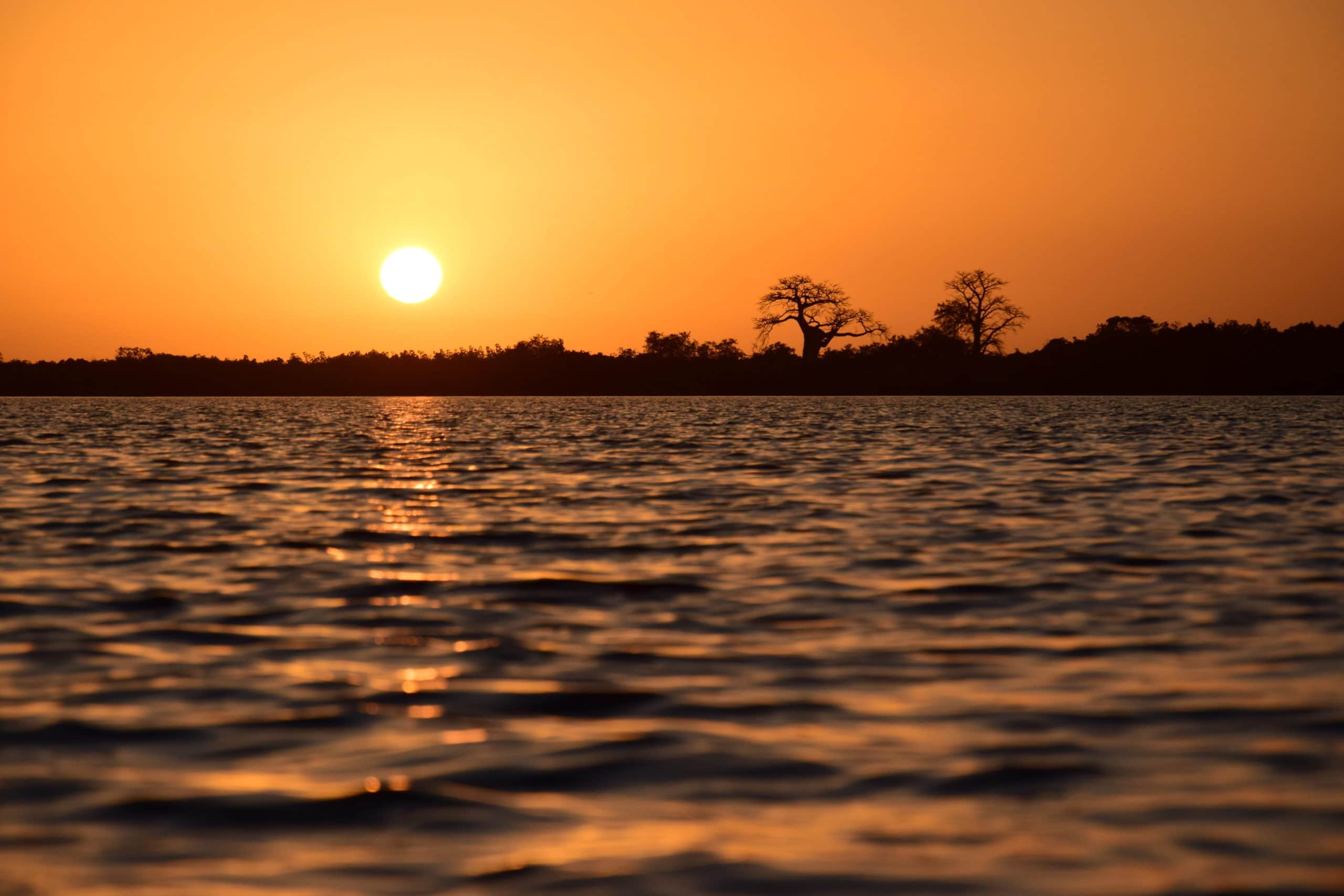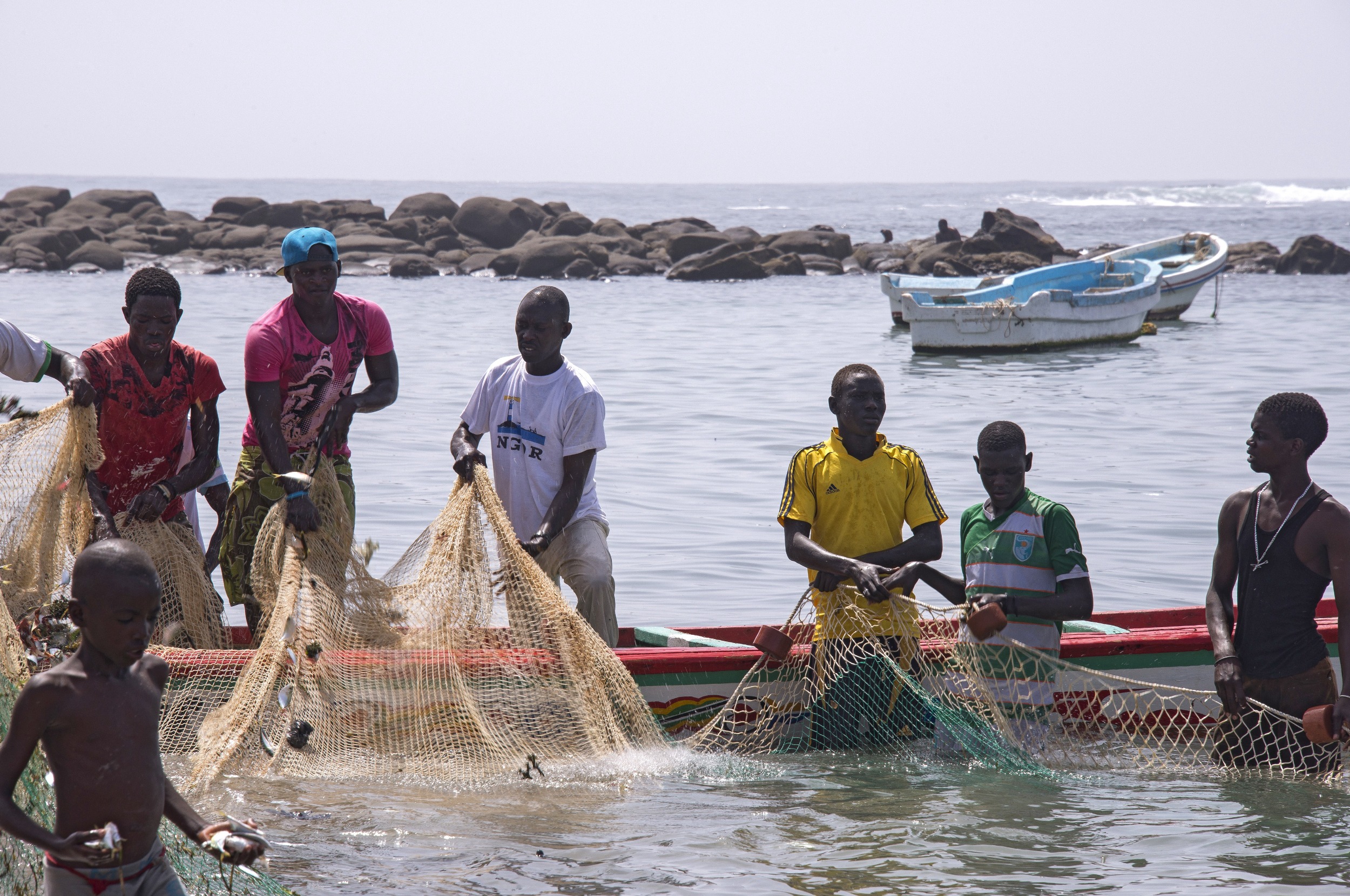Senegal
Basic Information About Senegal:
Population: The population of Senegal is 15,782,622.
GDP: $33.6 billion (2016)
Climate: The climate of Senegal is tropical, with a dry season from November to May, and a rainy season from mid-June to mid-October, due to the African monsoon, which in summer moves northward; hence, the rainfall is more abundant in the south, where it goes from 600 to 1,500 millimeters per year, while in the north-central, which is part of the Sahel, the annual rainfall is lower than 600 mm.
People: The largest ethnic group is the Wolof, who made up 43.3% of the total population; they live mainly in the northwest. Pular rank as the second-largest group, constituting 23.8%.
Religion: Islam is the predominant religion in Senegal. 92 percent of the country’s population is estimated to be Muslim, mainly Sunni of Maliki school of thought with Sufi influences. Islam has had a presence in Senegal since the 11th century.
Capital: Dakar is the capital and largest city of Senegal.

Currency: The CFA Franc is the currency of Communauté Financière Africaine (BCEAO).
Time Zone: UTC±00:00



